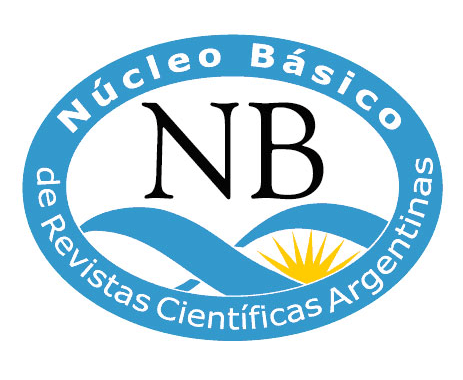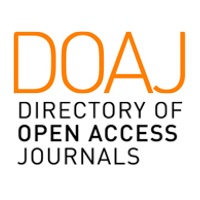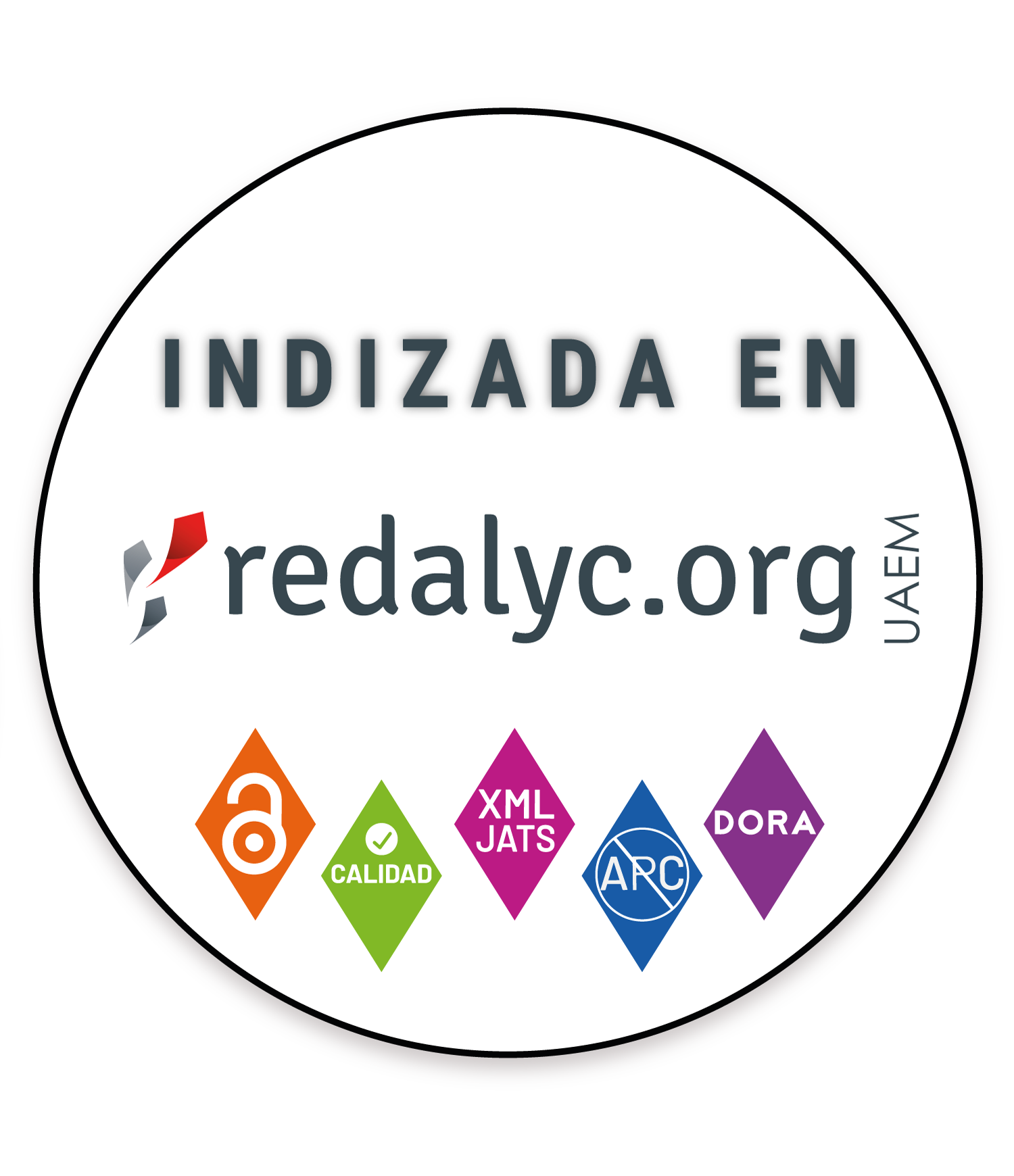Entre memoria y paisaje: un análisis geoespacial de “El lazarillo de ciegos caminantes”
Resumen
Palabras clave
Referencias
Andrien, K. J. (2009). Enlightened reform in southern Europe and its Atlantic colonies, c. 1750–1830. En: K. J. Andrien (Ed.). The Coming of Enlightened Reform in Bourbon Peru: Secularization of the Doctrinas de Indios, 1746–1764 (pp. 183–202). Ashgate.
Acarete, M. (1698) An account of a voyage up the river de la Plata, and thence over land to Peru.: With observations on the inhabitants, as well Indians and Spaniards; the cities, commerce, fertility, and riches of that part of America. Londres, R.U. Buckley.
Beltran, C. (2016) La ruta de la plata: de Potosí al Pacífico. Caminos, comercio y caravanas en el os siglos XVI y XIX. La Paz. Recuperado de: http://www.marcialpons.es/libros/la-ruta-de-la-plata/9789995416973/.
Bergmann, L. y O’Sullivan, D. (2018) Reimagining GIScience for relational spaces. Geographe Canadien, 62 (1): 7–14.
Bose, W. (1940) El Lazarillo De Ciegos Caminantes y su problema histórico. Labor de los Centros de Estudios, (14): 219-287. La Plata, Argentina. Universidad Naciónal de la Plata.
Chardon, R. (1980) The elusive spanish league: A problem of measurement in sixteenth-century New Spain. Hispanic American Historical Review, 60 (2): 294–302.
Chiappe, C. M. (2022) El Lazarillo de Ciegos Caminantes como fuente de información para una etnohistoria de la arriería andina. Relaciones de la Sociedad Argentina de Antropología, 47 (2): 285-294.
Concolorcorvo (2005) El lazarillo de ciegos caminantes. Miami, FL, EE.UU. Stockcero.
Concolorcorvo (1773) El lazarillo de ciegos caminantes desde Buenos-Ayres, hasta Lima. Gijon, España. La Rovada.
Conti, V. E., y Sica, G. (2011) Arrieros andinos de la colonia a la independencia: El negocio de la arriería en Jujuy, Noroeste Argentino. Nuevo Mundo Mundos Nuevos. Recuperado de: https://doi.org/10.4000/nuevomundo.60560.
Eaton, M. D., Evans, D. L., Hodgson, D. R. y Rose, R. J. (1995) Effect of treadmill incline and speed on metabolic rate during exercise in thoroughbred horses. Journal of Applied Physiology, 79 (3): 951–957.
Fisher, J. (1982) Soldiers, societies, and politics in Spanish America. Latin American Research Review, 17(1), 217–222.
Franklin, K. (2020) Moving subjects, situated memory: Thinking and seeing medieval travel on the silk road. International Journal of Historical Archaeology, 24 (4): 852–876.
Gelman, J., y Inés Moraes, M. (2014) Las reformas borbónicas y las economías rioplatenses: Cambio y continuidad. En: J. Gelman, E. Llopis, y C. Marichal (Eds.), Iberoamérica Y España Antes De Las Independencias, 1700-1820: Crecimiento, Reformas Y Crisis (Primera edición.). Instituto de Investigaciones Dr. José María Luis Mora.
Gillings, M. (2012) Landscape phenomenology, GIS and the role of affordance. Journal of Archaeological Method and Theory, 19 (4): 601–611.
Glave Testino, L. M. (1989) Trajinantes: caminos indígenas en la sociedad colonial, siglos XVI/XVII (1a. ed.). Cusco, Peru. Instituto de Apoyo Agrario.
Gramuglia, P. M. (2007) Un viajero colonial: Escritura e historia en El Lazarillo de Ciegos Caminantes. Bulletin of Hispanic Studies, 84 (6): 821–834.
Harvey, D. (1990) The condition of postmodernity: An enquiry into the origins of cultural change. Oxford, R.U. Blackwell.
Hill, R. (2005) Hierarchy, commerce and fraud in Bourbon Spanish America: A postal inspector’s exposé. Nashville, TN, EE.UU. Vanderbilt University Press.
Iowa State University. (2024) The evaluation and training of Arabian endurance Racing. Recuperado el 19 de Mayo de 2024, de: https://www.extension.iastate.edu/equine/evaluation-and-training-arabian-endurance-racing.
Howey, M. C. L. (2011) Multiple pathways across past landscapes: circuit theory as a complementary geospatial method to least cost path for modeling past movement. Journal of Archaeological Science, 38 (10): 2523–2535. https://doi.org/10.1016/j.jas.2011.03.024
Johnson, J. G. (1980) Feminine satire in Concolorcorvo’s “El Lazarillo de Ciegos Caminantes.” South Atlantic Bulletin, 45 (1): 11–20.
Johnson, J. G. (1993) Satire in colonial Spanish America: Turning the new world upside down (1a. ed.). Austin, TX, EE.UU. University of Texas Press.
Kuethe, A. J., y Andrien, K. J. (2014) The Spanish Atlantic world in the eighteenth century: war and the Bourbon reforms, 1713–1796. Cambridge University Press.
Lecoq, P. (1997) Algunos apuntes sobre la importancia de las caravanas de camélidos en el desarrollo de la ciudad de Potosí (comienzo del periodo colonial). Nawpa, Revista de Cultura, Filosofía y Teología, 14 (26): 175–206.
Lugo, I. y Alatriste-Contreras, M. G. (2020) Horseback riding pathways and harbors at the beginning of the colonial era in Mexico. Scientific Reports, 10 (1): 1-12.
Lynch, J. (1973) The Spanish American revolutions, 1808-1826. London: Weidenfeld and Nicolson.
Martínez, V. G. (2012) Medidas y caminos en la época colonial: Expediciones, visitas y viajes al norte de la Nueva España (siglos XVI-XVIII). Fronteras de La Historia, 17 (2): 191–219.
Meléndez, M. (1996) Sexuality and hybridity in “El Lazarillo de Ciegos Caminantes.” Latin American Literary Review, 24 (47): 41–57.
Meléndez, M. (2009) The cultural production of space in colonial Latin America: From visualizing difference to the circulation of knowledge. En: B. Ward y S. Arias (Eds.) The spatial turn: Interdisciplinary perspectives. Nueva York NY, EE.UU. Routledge.
Meléndez, M. (2017) Raza, género e hibridez en El Lazarillo de Ciegos Caminantes. Chapel Hill, NC, EE.UU. The University of North Carolina Press.
Mignone, P. (2015) El camino hacia el santuario incaico del Llullaillaco: El complejo arqueológico más alto del mundo analizado a través de in SIG. Virtual Archaeology Review, 4 (8): 145–154.
Mignone, P. (2020) Evaluacion critica de la eficacia del camino de Menor Coste para el estudio predictivo del Qhapaq Ñan. Chungará (Arica), 53 (01): 5-20. https://doi.org/10.4067/S0717-73562020005002201
Mignone, P. (2022) Del Qhápaq Ñán al camino del Pirú. Cambios, rupturas y continuidades en las redes de interacción socio-espaciales de Salta, Argentina, entre los siglos XV y XIX. Mundo de Antes, 16 (2): 145-182.
Palmer, B. D. (1990) Descent into discourse: The reification of language and the writing of social history. Philadelphia, PA, EE.UU. Temple University Press.
Paz, G. L. (2021) The world mules made: Mule trade in the colonial Rio de la Plata. En: F. Prado, V. L. Grieco, y A. Borucki (Eds.) The Rio de la Plata from colony to nations: commerce, society, and politics (pp. 53–76). Cham, Suiza. SpringerLink Nature.
Robles, J. F. (2008) Narración e invención de Concolorcorvo en “El Lazarillo de Ciegos Caminantes” de Alonso Carrió De la Vandera. Revista de Crítica Literaria Latinoamericana, 34 (67): 85–93.
Rodríguez Campomanes, P. (1761) Itinerario de las carreras de posta de dentro, y fuera del Reyno, que contiene también I. Las leyes, y privilegios con que se gobiernan en España las Postas desde su establecimiento. II. Y una noticia de las especies corrientes de moneda estrangera, reducidas à la de España, con los precios à que se pagan las Postas en los varios Payses. En la Imprenta de Antonio Pérez de Soto.
Sanhueza, M. C. (1992) Tráfico caravanero y arriería colonial en el siglo XVI. Estudios Atacameños, (10): 169–182.
Scott, J. C. (1998) Seeing like a state: How certain schemes to improve the human condition have failed. New Haven, CT, EE.UU. Yale University Press.
Self, Z. T., Spence, A. J. y Wilson, A. M. (2012) Speed and incline during thoroughbred horse racing: Racehorse speed supports a metabolic power constraint to incline running but not to decline running. Journal of Applied Physiology, 113 (4): 602–607.
Sellers-García, S. (2012) The mail in time: postal routes and conceptions of distance in colonial Guatemala. Colonial Latin American Review, 21 (1): 77–99.
Sellers-García, S. (2014) Distance and documents at the Spanish empire’s periphery. Stanford, CA. EE.UU. Stanford University Press.
Sunseri, J. U. (2015) A horse-travel approach to landscape archaeology. Historical Archaeology, 49 (2): 72–92.
Surface-Evans, S. L., y White, D. A. (2012) Least cost analysis of social landscapes: archaeological aase studies. University of Utah Press.Recuperado de: https://muse.jhu.edu/pub/282/edited_volume/book/41407.
Tobler, W. (1993) Three presentations on geographical analysis and modeling: Non-isotropic geographic modeling; speculations on the geometry of geography; and global spatial analysis. National Center for Geographic Information and Analysis, 93 (1): 1-26.
Tripcevich, N. (2016) The ethnoarchaeology of a Cotahuasi salt caravan. En: N.Tripcevich, y J. M., Capriles, (Eds.) The Archaeology of Andean Pastoralism (pp. 211–229). Albuquerque, NM, EE.UU. University of New Mexico Press.
Verhagen, P., Nuninger, L., y Groenhuijzen, M. R. (2019) Modelling of pathways and movement networks in archaeology: an overview of current approaches. En: P. Verhagen, J. Joyce, y M. R. Groenhuijzen (Eds.), Finding the limits of the limes: modelling demography, economy and transport on the edge of the Roman empire (pp. 217–249). Springer International Publishing. https://doi.org/10.1007/978-3-030-04576-0_11
Wernke, S. A., Kohut, L. E. y Traslaviña, A. (2017) A GIS of affordances: Movement and visibility at a planned colonial town in highland Peru. Journal of Archaeological Science, (84): 22–39.
White, D. A. (2015) The basics of least cost analysis for archaeological applications. Advances in Archaeological Practice, 3 (4): 407–414. https://doi.org/10.7183/2326-3768.3.4.407
Wilkinson, D. (2019a) Infrastructure and inequality: An archaeology of the Inka road through the Amaybamba cloud forests. Journal of Social Archaeology, 19 (1): 27–46.
Wilkinson, D. (2019b) Towards an archaeological theory of infrastructure. Journal of Archaeological Method and Theory, 26 (3): 1216–1241.
Enlaces refback
- No hay ningún enlace refback.
Copyright (c) 2025 Cuadernos FHyCS-UNJu

Este obra está bajo una licencia de Creative Commons Reconocimiento-NoComercial-CompartirIgual 4.0 Internacional.
Cuadernos FHyCS-UNJu por Facultad de Humanidades y Ciencias Sociales - Universidad Nacional de Jujuy se distribuye bajo una Licencia Creative Commons Atribución-NoComercial-CompartirIgual 4.0 Internacional.
Basada en una obra en http://revista.fhycs.unju.edu.ar/revistacuadernos.
Hecho con OJS - Open Journal System












